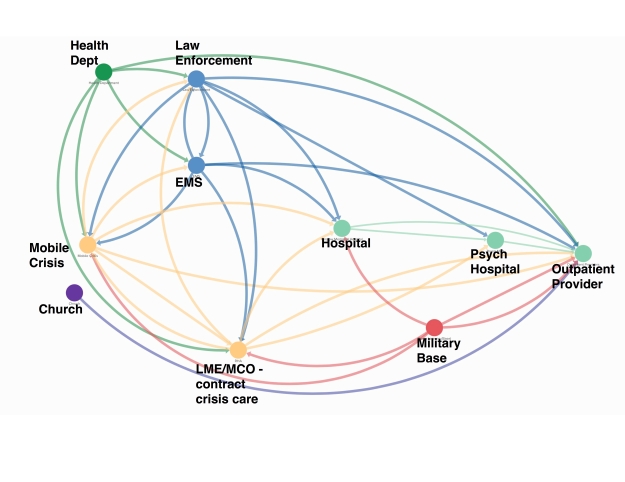Austin, TX-based MobilePD Inc. is self-described as the leading developer of law enforcement and public safety applications, and has designed a number of public engagement applications for law enforcement agencies which are intended to increase communication with residents and facilitate the investigation of criminal acts.
According to MobilePD, the developer’s two namesake apps–MobilePD Connect and Mobile PD Engage–build public trust and reduce crime as two-way, community engagement and intelligence reporting platforms. MobilePD Connect is the less capable (and expensive) of the apps, allowing agencies to send push notification alerts, receive real-time tips, and start and sustain secure two-way chats with individual citizens. MobilePD Engage includes the capabilities of Connect, but wraps them in a custom-branded mobile app tailored to specific departments. On top of push alerts, receipt of real-time tips, and secure chats, Engage offers real-time visual crime mapping, sex-offender registry information, crime-stoppers info, photos, videos, news, station locations, safety tips, department contact directory, most wanted listings, missing person information, recruiting information, helpful links, the ability to file a police report, as well as the opportunity to commend officers for good work. Additionally, with a one time set-up fee and an annual contract (which Connect also requires), Engage centralizes all existing public outreach programs, social media, and agency information in one virtual space.
MobilePD has been around since 2010, and appears to have some significant competition–namely from tip411, another virtual public engagement platform. However, the visual presentation of MobilePD, combined with the large variety of Engage’s additional services, has appealed to several major departments, including those of Atlanta, Austin, Portland, Long Beach, Richmond, Santa Cruz, St. Louis Metropolitan, Toronto (Canada), and Victoria (Canada).
Additional information on MobilePD, Inc. and its applications can be found at http://www.gomobilepd.com, or in the attached white paper. Additionally, department-sponsored Connect and Engage apps are free to the public citizen, and can be readily found via the iOS or Android app stores. I downloaded the Austin PD Engage app for a test-drive, and was pretty impressed.


